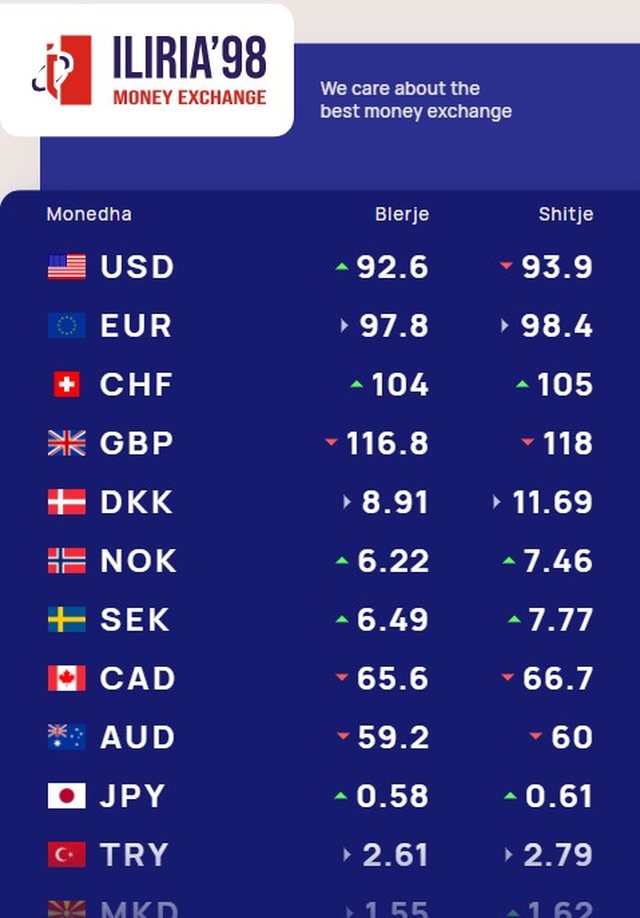
Introduction
The exchange rate plays a crucial role in global finance, affecting international trade, tourism, and investment. In 2023, fluctuations in exchange rates influenced by geopolitical tensions, economic policies, and recovery from the pandemic have garnered significant attention from economists and investors alike. Understanding these trends is vital for businesses engaged in overseas trade and individuals planning travel or investments abroad.
Current Trends in Exchange Rates
As of October 2023, the British Pound (GBP) has experienced fluctuations against major currencies such as the US Dollar (USD) and the Euro (EUR). The ongoing economic recovery post-pandemic, combined with inflationary pressures, has prompted the Bank of England (BoE) to adjust interest rates several times this year, resulting in volatility within the currency markets. For instance, GBP/USD has seen a rise of approximately 5% since the start of the year, reflecting the market’s optimistic outlook for the UK’s economic growth.
In contrast, the euro has displayed more stability, with fluctuations largely dictated by the European Central Bank’s monetary policies and the energy crisis sparked by geopolitical tensions in Eastern Europe. The EUR/GBP pair has remained within a tight trading range, indicating a cautious market sentiment regarding both currencies.
Impact on the Economy
The implications of these exchange rate trends extend beyond market traders; they affect everyday consumers as well. A stronger GBP can mean cheaper imports, which may help alleviate inflation, while a weaker GBP can boost exports, benefiting local manufacturers. In the travel sector, changes in exchange rates also impact holiday costs for consumers. For example, British tourists are currently enjoying relative strength against several currencies, making international travel more affordable.
Conclusion
As we head towards the end of 2023, analysts predict ongoing volatility in exchange rates, influenced by various factors including central bank policies, inflation rates, and global economic conditions. For businesses and investors, keeping a close eye on these trends is imperative for making informed decisions. In summary, the importance of understanding exchange rates cannot be overstated, as they present both opportunities and challenges in an increasingly interconnected world.
You may also like


Understanding Michael Burry: Investor and Market Seer
